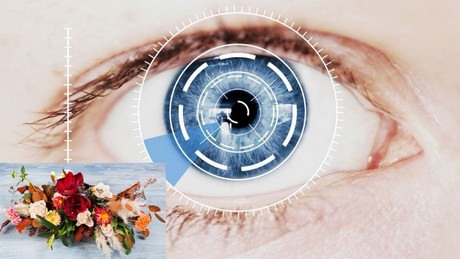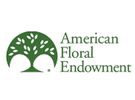Floral designers have long been taught that the most important attributes of a design are its elements: line, color, texture, pattern, form, space, and size. Yet, these attributes have not been proven to be perfect indicators of consumer purchase behavior.

In a new study currently being conducted jointly by the American Floral Endowment (AFE) and the Produce Marketing Association (PMA), funded through the Floral Marketing Research Fund (FMRF), researchers will determine which of these attributes are truly important to consumers and drive their purchase behavior. The study results can be used by florists, suppliers, retailers, and bouquet makers to increase sales.
Using the latest in eye-tracking technology, Dr. Charlie Hall and Marco Palma will conduct the experiment, which will include hundreds of regular consumers, at the Human Behavior lab at Texas A&M University. The lab consists of 16 seated eye-tracking (ET) stations, and a walking, retail or supermarket-style station.
The study aims to explore and answer the following questions:
- Which visual elements of the arrangement or bouquet are noticed first and longest by consumers?
- What is the optimal mix of flowers in an arrangement or bouquet?
- Can some species be substituted without impacting consumer liking?
- Do consumers prefer multi-colored floral arrangements over single-colored floral arrangements and to what degree does it impact their purchasing decision?
- Do consumers prefer mono-species bouquets over mixed-species bouquets?
- Do consumers prefer a flower arrangement because of its form or because of the species of flower(s) that are in it and how much do these characteristics matter?
- Is there a significant difference between consumer preferences for arrangements with a symmetrical design versus an asymmetrical design?
“In the lab, we can accurately collect biometric data, including eye tracking, facial expression analysis (reading emotions), neural signals (electroencephalography), galvanic skin response (GSR) and heart and respiration rates,” according to Dr. Hall.
Results from this comprehensive study and experiment will be made available through AFE and PMA in fall 2019.
For more information
American Floral Endowment
T: +1 (703) 838-5211
www.endowment.org
 PMA
PMA
www.pma.com
